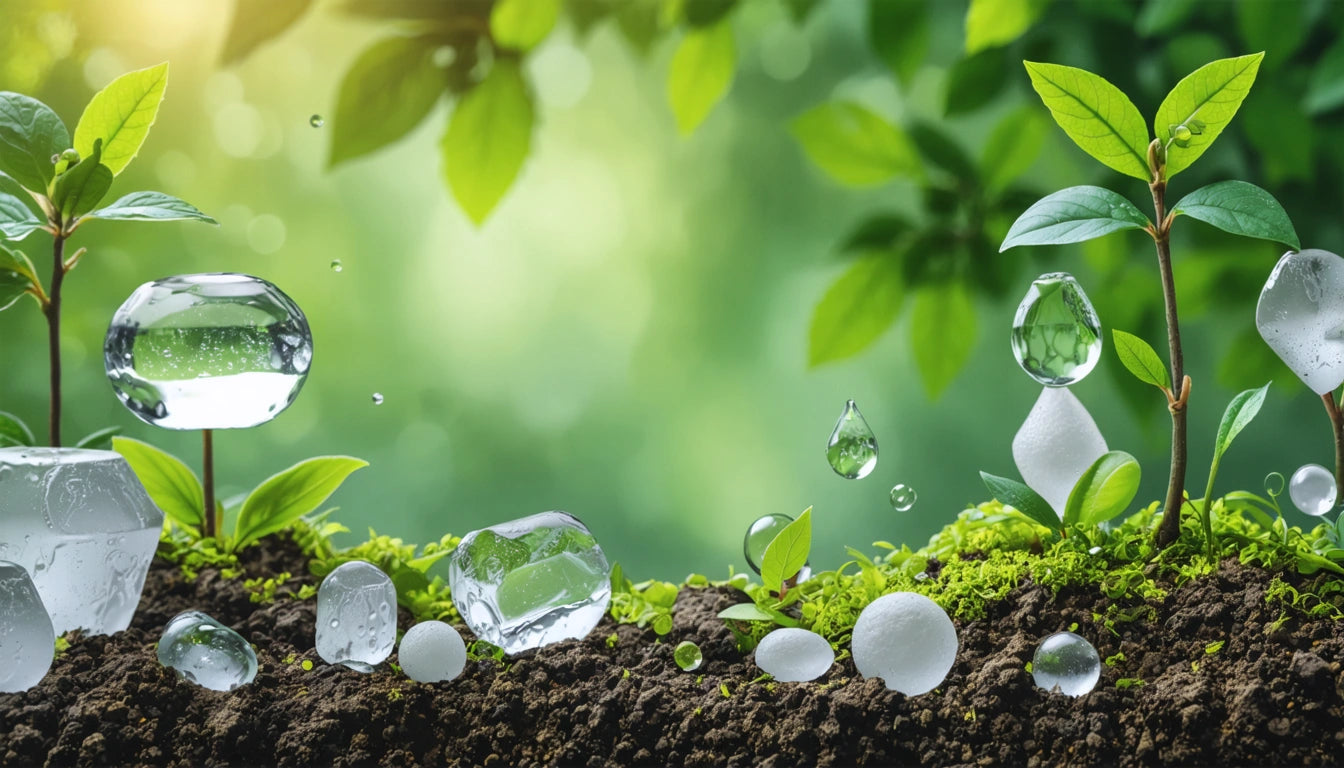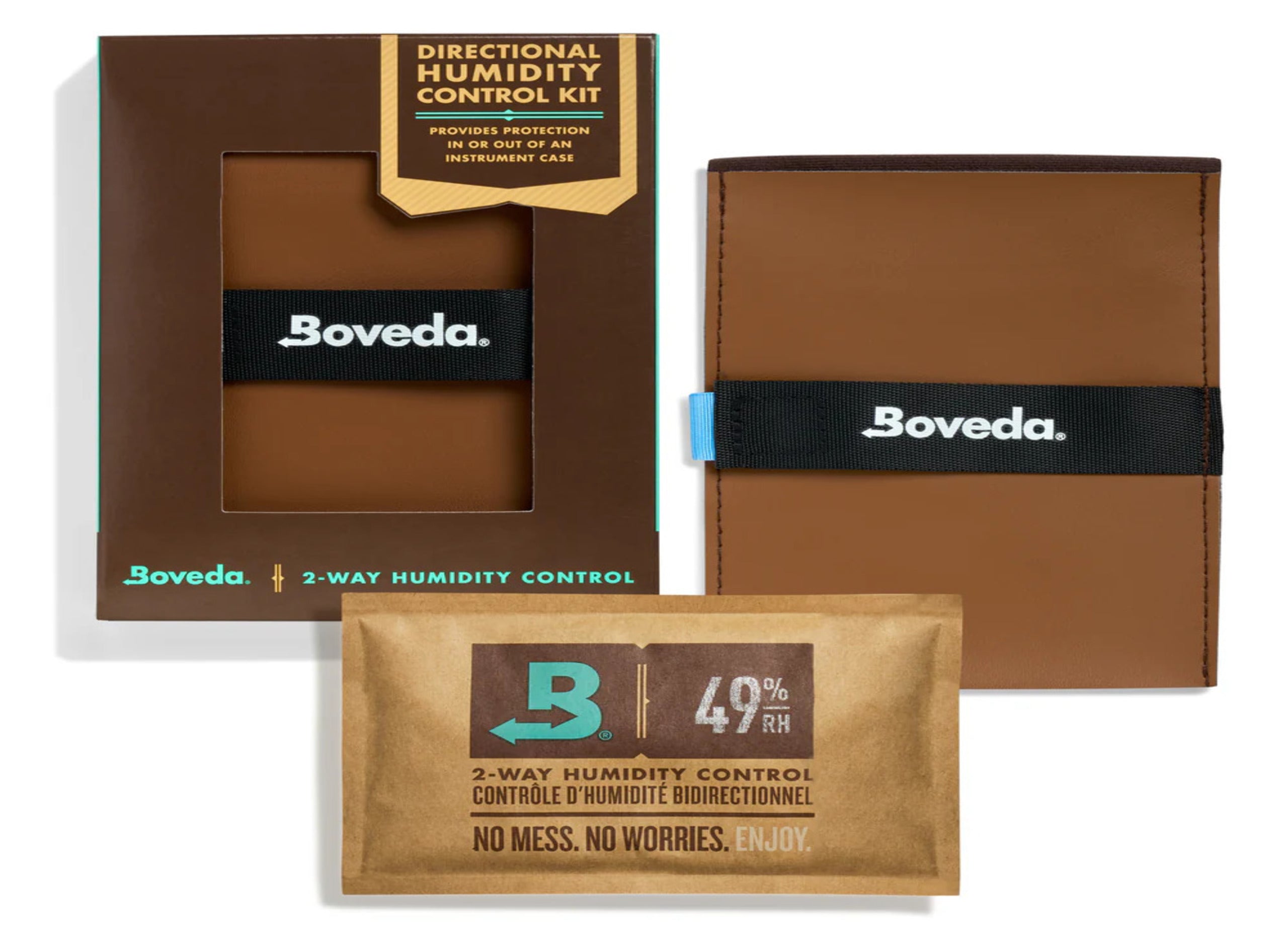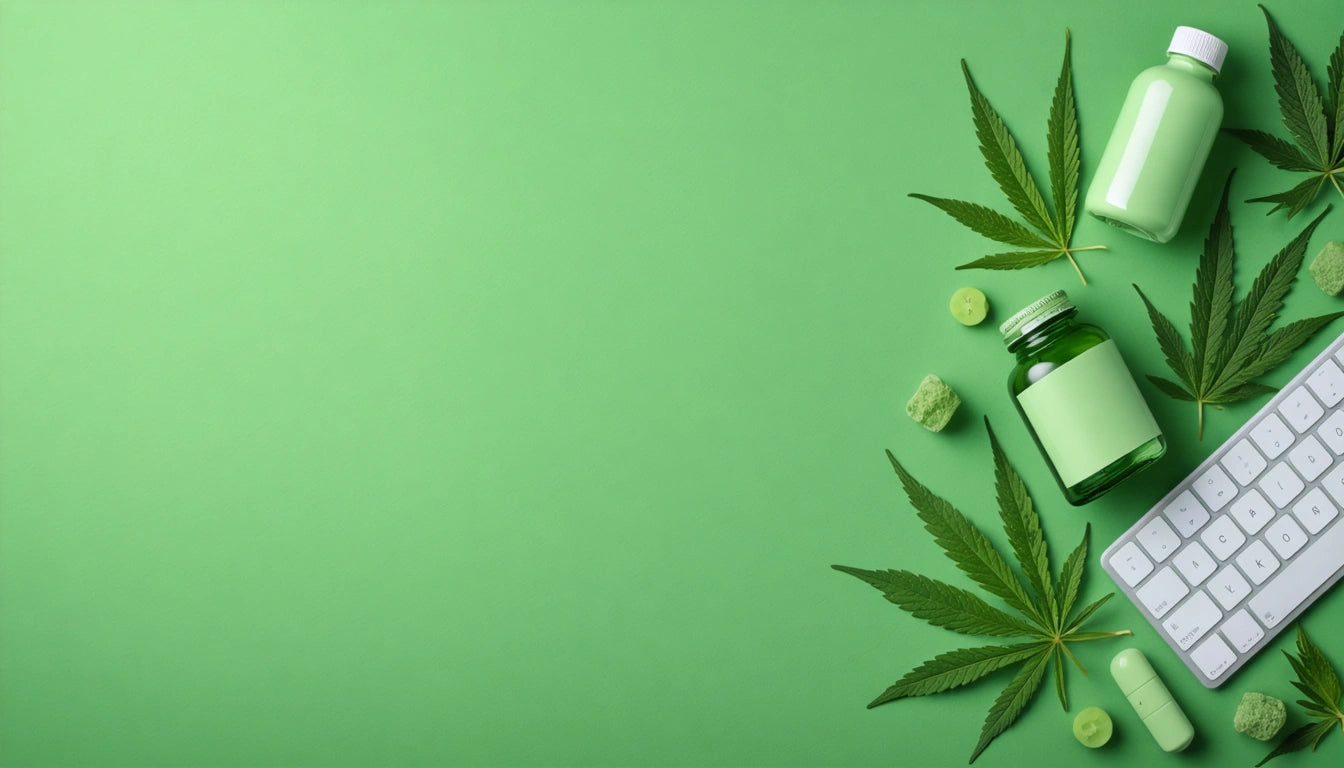Table of Contents
- What Is Biodegradability: Definition and Process
- What Are Biodegradable Materials: Common Examples
- Are Plastics Biodegradable: Facts and Misconceptions
- Paper Products: Raw Papers and Cones Biodegradability
- Specialty Items: Water Beads, Bones, and Pouches
- What Is Biodegradable Waste: Management and Impact
- Future Innovations in Biodegradable Materials
Understanding Biodegradability: What It Means and Which Materials Qualify
Biodegradability has become a cornerstone concept in sustainability discussions, but misconceptions abound regarding which materials truly break down naturally in the environment. From packaging materials to everyday items, understanding what biodegradability means and which products qualify can help consumers and businesses make more environmentally responsible choices.
What Is Biodegradability: Definition and Process
Biodegradability refers to the ability of materials to be broken down by biological agents, primarily microorganisms like bacteria and fungi, into natural elements. This process returns the material to the environment without harmful residues or byproducts. True biodegradation involves complete decomposition into water, carbon dioxide, biomass, and naturally occurring minerals.
The biodegradation process typically occurs in stages:
- Deterioration of the material's physical structure
- Fragmentation into smaller pieces
- Digestion by microorganisms
- Assimilation of decomposed material into the environment
For a material to be considered genuinely biodegradable, this process must occur within a reasonable timeframe, typically ranging from a few weeks to a few months, depending on environmental conditions like temperature, moisture, and oxygen availability.
What Are Biodegradable Materials: Common Examples
Several materials naturally biodegrade in the environment:
Natural Fibers
Cotton, hemp, wool, and silk are biodegradable because they come from plant or animal sources. These materials can break down completely when exposed to the right environmental conditions.
Wood and Paper Products
Untreated wood, paper, and cardboard are biodegradable, though the rate varies depending on thickness and composition. Cardboard recycling is often preferred over biodegradation due to resource conservation.
Food and Organic Waste
Fruit peels, vegetable scraps, coffee grounds, and other food waste naturally biodegrade and can be composted to create nutrient-rich soil.
Are Plastics Biodegradable: Facts and Misconceptions
The question "are plastics biodegradable" has a complex answer. Conventional plastics derived from petroleum, including polyethylene, polypropylene, and PET, are not biodegradable. These materials can persist in the environment for hundreds of years, breaking down into smaller pieces called microplastics rather than fully decomposing.
Some newer innovations include:
- PLA (Polylactic Acid): Made from corn starch or sugarcane, PLA is compostable under industrial composting conditions but won't biodegrade in a backyard compost pile or landfill.
- PHA (Polyhydroxyalkanoates): Produced by bacterial fermentation, these plastics can biodegrade in soil, compost, and marine environments.
- Starch-based plastics: These can biodegrade under specific conditions but often require industrial composting facilities.
For more detailed information about plastic alternatives, our guide on understanding bioplastics provides comprehensive insights into their composition and environmental impact.
Paper Products: Raw Papers and Cones Biodegradability
When considering if raw papers are biodegradable, the answer is generally yes. Pure, unbleached rolling papers made from plant fibers like hemp, rice, or flax are biodegradable under proper conditions. Similarly, raw cones are biodegradable when they're made from natural, unprocessed plant materials without synthetic additives.
However, some factors can affect biodegradability:
- Additives like dyes, bleaches, or artificial flavors may introduce non-biodegradable elements
- Glues used in construction might not biodegrade at the same rate as the paper
- Specialized coatings for slow burning or waterproofing can inhibit biodegradation
For cannabis packaging specifically, our child-resistant packaging solutions include options that balance safety requirements with environmental considerations, though complete biodegradability remains challenging when meeting strict child-resistance standards.
Specialty Items: Water Beads, Bones, and Pouches
Are Water Beads Biodegradable?
Water beads are typically made from polyacrylamide, a synthetic polymer. Despite marketing claims, most water beads are not truly biodegradable. They may fragment into smaller pieces over time but don't fully decompose into natural elements. Some newer versions claim to be biodegradable, but these require specific industrial composting conditions rarely found in nature.
Are Bones Biodegradable?
Bones are indeed biodegradable, though they decompose much more slowly than soft organic materials. The process can take years depending on environmental conditions, bone size, and density. The organic components (collagen) biodegrade first, while the mineral portions (calcium phosphate) take longer to break down.
Are Pouches Biodegradable?
Most commercial pouches, including stand-up pouches and flexible packaging, are not biodegradable. These typically contain multiple layers of different materials (plastic, aluminum, etc.) that cannot be broken down by microorganisms. Some newer compostable pouches exist but require industrial composting facilities to properly degrade.
What Is Biodegradable Waste: Management and Impact
Biodegradable waste includes any material that can be broken down by biological processes. This encompasses food scraps, yard trimmings, paper products, and some natural textiles. When properly managed through composting or anaerobic digestion, biodegradable waste can be converted into valuable resources like compost or biogas.
However, when biodegradable waste ends up in landfills, it often creates problems:
- Without oxygen, biodegradable materials decompose anaerobically, producing methane, a potent greenhouse gas
- Nutrients that could enrich soil are lost
- Valuable landfill space is consumed unnecessarily
Understanding packaging recyclability helps determine which items should be recycled versus composted for optimal environmental outcomes.
Future Innovations in Biodegradable Materials
The field of biodegradable materials continues to evolve with promising innovations on the horizon. Researchers are developing new materials that combine functionality with true biodegradability, including:
- Mycelium-based packaging made from mushroom roots
- Seaweed and algae-derived films and containers
- Cellulose-based bioplastics from agricultural waste
- Bacterial cellulose with applications in food packaging
These innovations aim to address the limitations of current biodegradable options while maintaining the performance characteristics consumers expect. As regulations around single-use plastics tighten globally, biodegradable alternatives will likely become more mainstream, affordable, and effective.
Understanding what biodegradability truly means empowers consumers to make informed choices and helps businesses develop genuinely sustainable packaging solutions that minimize environmental impact while meeting practical needs.











Leave a comment
All comments are moderated before being published.
This site is protected by hCaptcha and the hCaptcha Privacy Policy and Terms of Service apply.